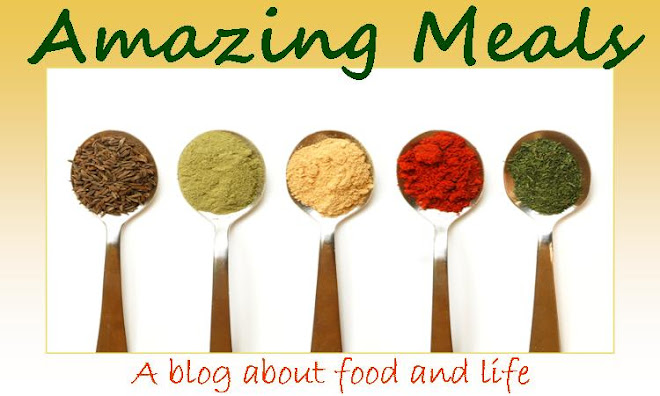
Most of our family loves quiche. Anna hates it, but that is another story. David drew the breakfast category in our cook off and has always wanted to learn to make quiche. This was the perfect opportunity.
Most of what I know about making quiche I learned from my Betty Crocker Entertaining cook book and my next-door neighbor, Cory. BC has a great basic recipe; Cory enlightened us to understand that you can customize quiche to your heart's desire. For example, David loves chives, so we put some chives in the mix. I love finely diced green peppers with eggs, so we added some of those, too. And since we had both Swiss and cheddar cheeses, we made the quiche a cheese festival and added generous amounts of both. We had some diced ham and thought about either adding it to the bacon or replacing the bacon with it, but the bacon won out in the end.
I'll include the recipe's super simple crust recipe, which you don't have to roll and transfer. We simply used a Great Values brand pre-made crust from WalMart, which was truly delicious.
Basic Betty Crocker Quiche
Pat-in-the-Pan pastry (below)
8 slices bacon, cooked and crumbled
1 small onion, finely diced
1 cup shredded Swiss cheese (4 ounces)
4 eggs
2 cups heavy cream
1/2 teaspoon salt
1/4 teaspoon pepper
1/8 teaspoon cayenne pepper
Move the oven rack to its lowest position. Heat oven to 425 degrees. Make the Pat-in-the-Pan pastry (see recipe below).
Sprinkle bacon, cheese and onion in pastry-lined pie or quiche pan. Beat the eggs slightly in a large bowl with a wire whisk or hand beater. Beat in the whipping cream, salt, pepper and cayenne. Carefully pour the egg filling into the pie pan. Place in oven and bake for 20 minutes.
Reduce oven temperature to 300 degrees. Bake about 25 minutes longer or until a knife inserted in the center comes out clean. Place the pan on a wire cooling rack. Let stand ten minutes before cutting.
Pat-in-the-Pan Pastry
1 1/3 cups all purpose flour
1/3 cup vegetable oil
1/2 teaspoon salt
2 tablespoons cold water
Mix the flour, oil and salt with a fork in a medium bowl until all flour is moistened. Sprnkle with cold water, one tablespoon at a time, tossing with a fork until all the water is absorbed. Shape the pastry into a ball, using your hands. Press the pastry in the bottom and up the sides of the pan.





